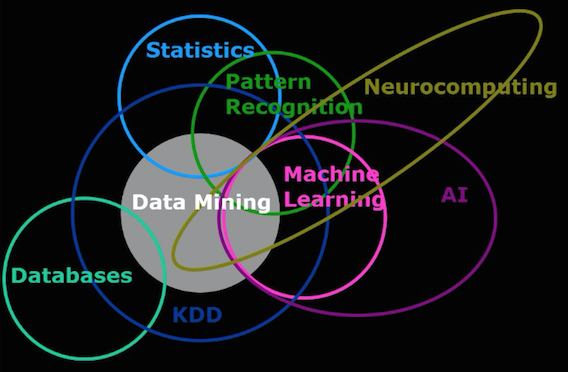Artificial intelligence (AI) is for most people a mind bending concept. It’s easy to get wowwed by Amazon’s sensor rich ‘Go’ stores (video below) despite only 29 of them in the USA. Or Elon Musk’s Neuralink demo where 3 litlte pigs are running around with a implant to their skull/ cortext the size of a nickel.
Yet what business owners really want is practical AI they can use to improve sales activity, reduce costs and increase profits. Bear in mind that IBM Watson sees Strong AI as a 50 year timeline!
On that note, perhaps the best use of AI we have seen is Otter.ai which allows for video / audio transcription to text be done which allows simple content optimization at scale. For retailers or businesses sourcing customers from within local areas, automating content production using AI is critical.
While we wait for autonomous vehicles to arrive, perhaps the most pervasive AI is the applications like Calendly which help streamline appointment settings, allowing us all to spend time on more important work than back and forth emails to confirm meeting times.

